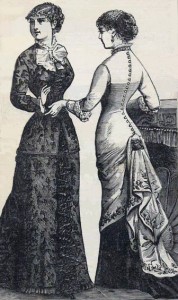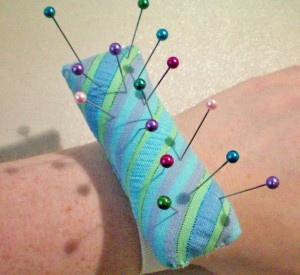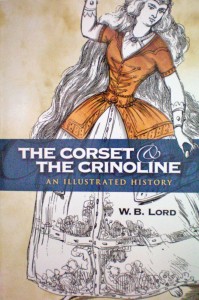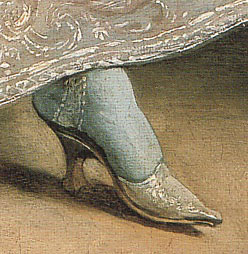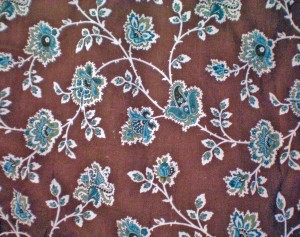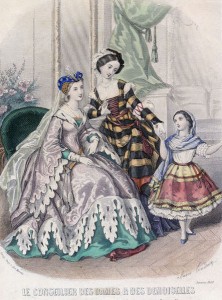Saturday’s Stash: Eyelet Ruffle
Eyelet (pronounced aye-lett) is a lightweight cotton or cotton blend that’s decorated with shaped holes bound with thread, much like buttonholes or eyelets (hence the name). Sometimes they’re round holes with a simple floral motif around them, and other times they’re part of a complex embroidery design. In nicer eyelet, the edges are scalloped.
Eyelet can be bought as a flat lace, a pre-gathered ruffle, or as wide fabric. Eyelet lace is often used to decorate historic undergarments, such as a ruffle around the hem of a petticoat. Eyelet fabric can be used to make summer blouses or skirts, and is often used for children’s or infant’s clothing. Today, though, we’re looking specifically at a pre-gathered eyelet ruffle.

